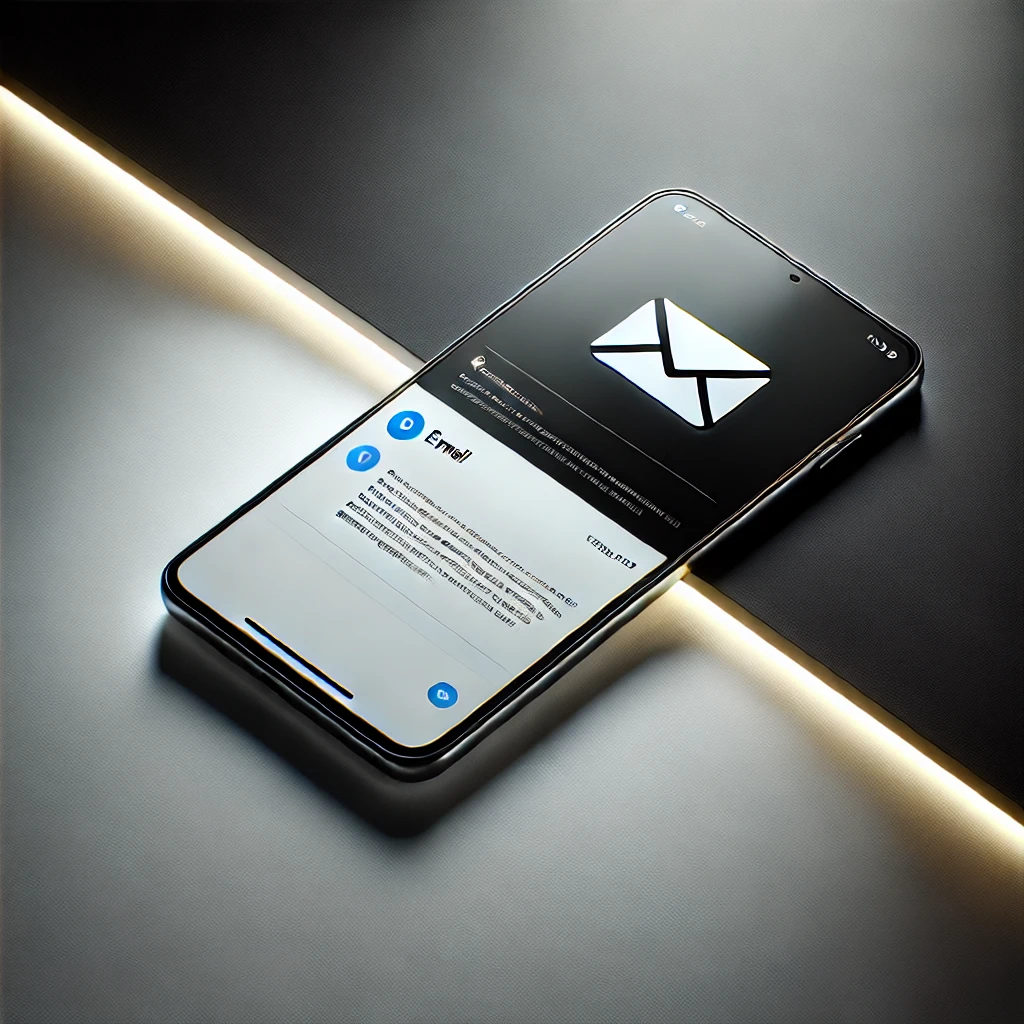The moment you go online, you are hit with a barrage of text and images. All of this comes from people, businesses, and other entities that are trying to get our attention. Of course, we can’t pay attention to all of that, so our brains helpfully filter much of it out. That’s great for our concentration, but not so great for the companies who pay for ads that are ignored. Even worse when it is our advertisements that fail to get attention.
Elisa Abbott is a lead copywriter for TrustMyPaper who says, “Fortunately, there are ways to get around this. You can create display ads that effectively break through all the ‘noise’ encountered online, and get the clicks you need for great ROI.”
Understanding How Ads Are Viewed
Heat mapping has repeatedly shown that people simply don’t see banner advertising. Their eyes simply sweep past that. This is called banner blindness. Sidebar content is treated the same way. Simply put, after using the internet for some time, most of us know where the ads are, and we don’t focus our eyes in those places.
That’s just the visual impact (or lack of). There are other issues at play. People don’t trust ads, they worry that they will be tracked online if they click them. They also don’t see the majority of ads as being relevant to them.
Now you know what you have to fight. You can tackle this issue with effective segmenting and targeting, and great copywriting.
Dial in Your Audience
Ads that are personalized are most effective. In fact, HubSpot conducted a study of more than 300 thousand calls to action and found that the ones that were personalized using the following had a significantly higher conversion rate:
- Browser
- Device
- Funnel Position
- Location
Of course, there are many other ways to segment your audience, and target them with ads that are most relevant to them. Imagine that you owned a business that sells durable work clothing. You might identify the following segments:
- Construction, agricultural, and industrial workers seeking clothing for work.
- Outdoor enthusiasts in search of clothing that can endure the rigors of hiking, gardening, hunting, camping, and fishing.
- People in search of work clothing in plus and petite sizes.
- Shoppers who are familiar with your brand, and interested in new products or special deals.
- Women who struggle to find work clothing that is designed for them
- Shoppers who are unfamiliar with your brand, and want to know if they can trust you.
- Buyers who live in hot or cold climates and are looking for work clothing that is suitable for their climate.
Once you’ve analyzed your audience, and have created segments you can create ads and landing pages that are as relevant as possible.
Building Trust
No matter what industry you are in, one of your customer segments is likely to be people who haven’t become familiar with your brand. One of the best ways to target this segment is by building trust. You can do this by creating ads that contain testimonials, social proof, awards, licenses, and other verifiable trust indicators.
Create Display Ads That Fit The Environment
Much of your display ad strategy will be based on the place and format of the advertising environment. Think about the different social media platforms. People visit different platforms for different reasons, expecting to see different content. On a business-oriented platform like LinkedIn, the emphasis is on text-based content that is likely to be educational in nature. At the other end of the spectrum might be Instagram. There, people are interested in viewing images and videos. Platforms like Twitter and Facebook combine both elements.
This isn’t to say that your LinkedIn ads won’t have images. They should! These are display ads. However, you will likely use images in a much more subtle manner on LinkedIn than you do on Instagram.
Image Selection Best Practices
When you select the images that go with your ad, relevance should be your first priority. Choose an image that makes sense with your advertising text, and your branding. Next, focus on image quality. Think about the brands with the best advertising success, and you will note that they don’t spare much expense when it comes to this. In fact, consider investing in a decent digital camera, or hiring a professional to take the pictures and videos for your ads.
This leads to the final best practice for images. Whenever possible, stick to real pictures of real things. This adds a level of authenticity and trust that you cannot get using stock photos.
Compelling Copy Converts
A display ad is like a billboard. You might scroll (drive) by more than 100 in a day. Most of them you barely notice at all, even if they advertise a product or service that might interest you. It takes something special for you to take notice. When you do notice, you really, REALLY notice!
For a display ad, one of those special elements is copy that is compelling enough to get attention in just a split second. Here are some rules to follow:
- You have three seconds to get someone to click on your ad — Keep it short.
- Don’t do too much — Give each ad a singular purpose. One message and one product.
- Speak the customer’s language — Focus ad copy on their needs.
Final Thoughts
There you have it! It is still possible to create display ads that earn clicks. Start by effectively segmenting your audience to create targeted ads that scream relevance. Then, match your advertising strategy to the online platform you choose. After that, match authentic visuals with compelling content. With a bit of testing and tweaking, you’ll find that click-winning sweet spot.




